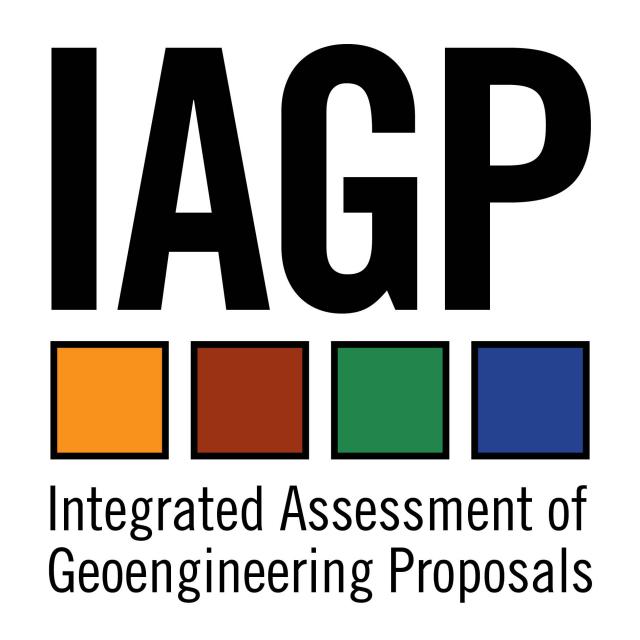You are hereMonthly archive / April 2013
April 2013
Deliberation and Responsible Innovation - A Geoengineering Case Study
New IAGP Book Chapter: Deliberation and Responsible Innovation: A Geoengineering Case Study. Authors: Karen Parkhill, Nick Pidgeon, Adam Corner, Naomi Vaughan.
Published in, Richard Owen, John Bessant, Maggie Heintz (eds), Responsible Innovation: Managing the Responsible Emergence of Science and Innovation in Society.
Innovation is at the centre of current economic policy in most nations. Taking individual case studies this book scrutinizes various aspects of responsible innovation and asks "How do we ensure the responsible emergence of innovation in democratic society?"
Modeled rapid adjustments in diurnal temperature range response to CO2 and solar forcings
New open access IAGP paper in Journal of Geophysical Research: Atmospheres
Modeled rapid adjustments in diurnal temperature range response to CO2 and solar forcings
Climate models from the National Centre of Atmospheric Research were used to determine if rapid adjustments to surface heat fluxes contribute to a changes in diurnal temperature range (DTR) under 2 x CO2 and -2% solar forcings.
Deliberating stratospheric aerosols for climate geoengineering and the SPICE project - IAGP researchers report in Nature Climate Change
Deliberating stratospheric aerosols for climate geoengineering and the SPICE project
Published in Nature Climate Change this paper reports on the first public engagement study to explore the ethics and acceptability of stratospheric aerosol technology and a proposed field trial (the Stratospheric Particle Injection for Climate Engineering (SPICE) ‘pipe and balloon’ test bed) of components for an aerosol deployment mechanism.
Asymmetric forcing from stratospheric aerosols impacts Sahelian rainfall
Asymmetric forcing from stratospheric aerosols impacts Sahelian rainfall
IAGP Investigator Jim Haywood based at the Met Office publishes his latest research in Nature Climate Change
Using state of the art climate models this latest study shows how the Sahelian droughts of the 1970s-1990s may have been caused, to a much greater degree than previously understood, by significant volcanic eruptions in the Northern Hemisphere. The Sahel is a belt of land that crosses the African continent along the southern border of the Sahara Desert and is described as one of the poorest and most vulnerable regions of the world. Here rainfall is generally low and unpredictable. The detection of this link between volcanic activity and drought could be used by policy-makers and aid organisations to potentially predict, and so limit, the devastating humanitarian impact of prolonged drought in this region.



